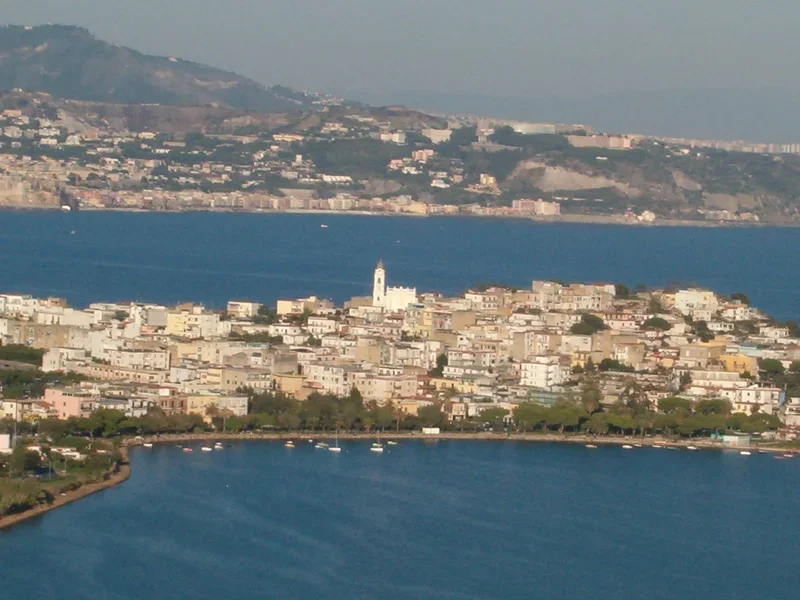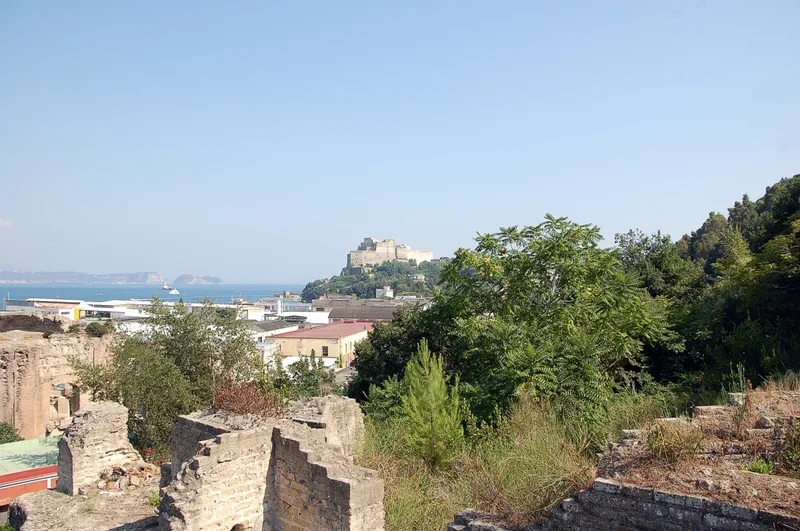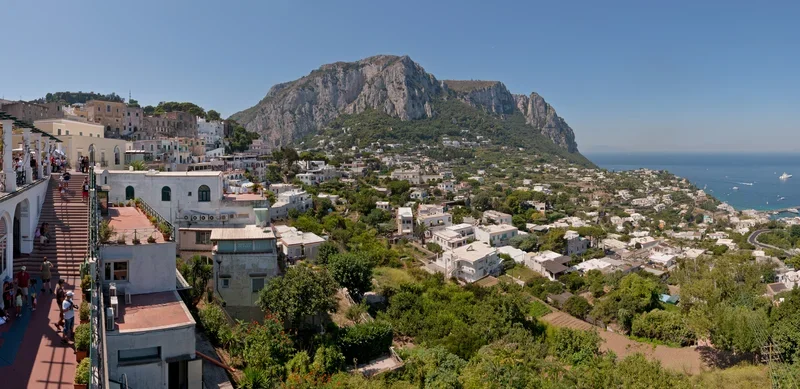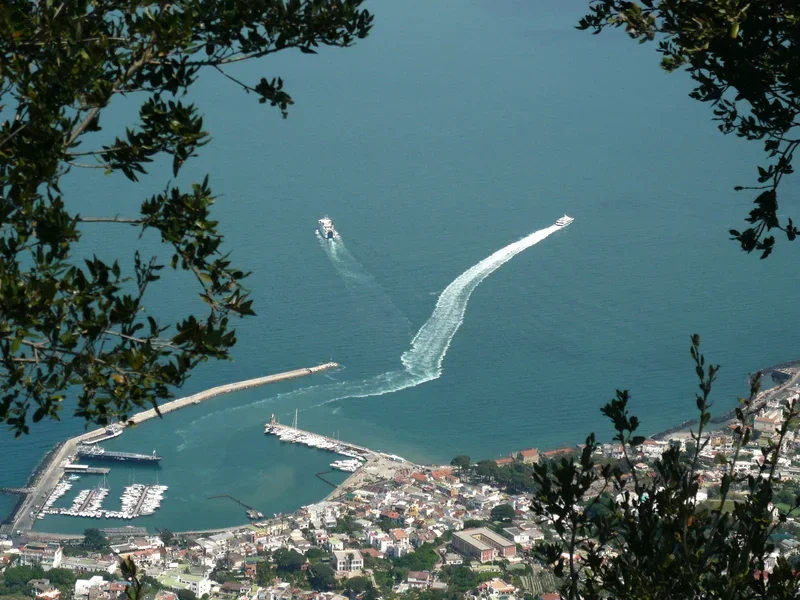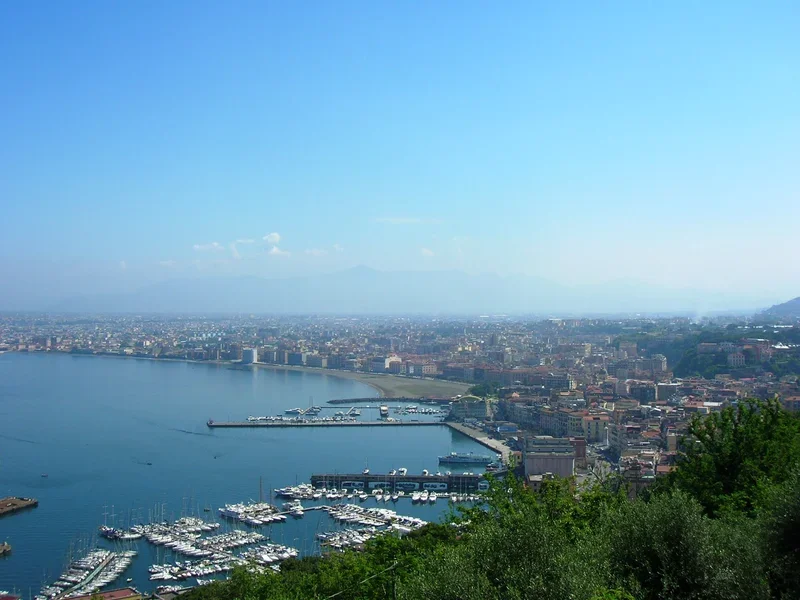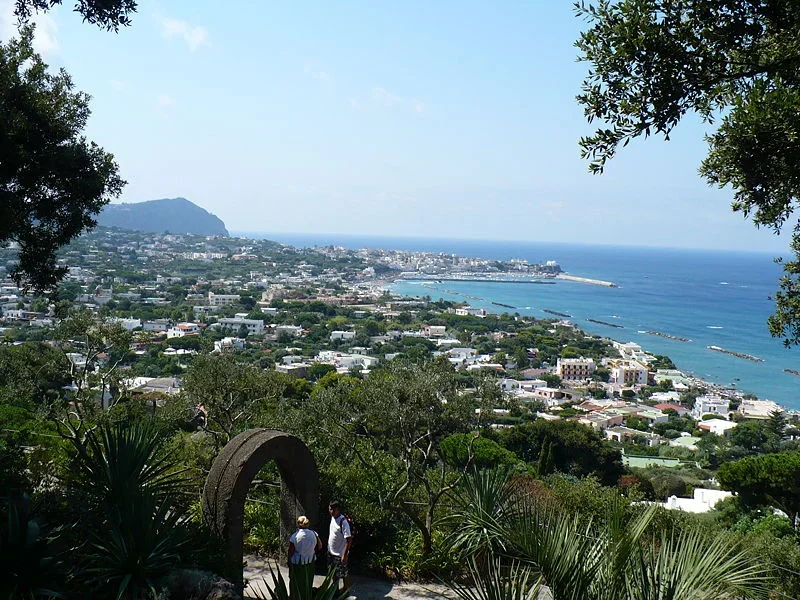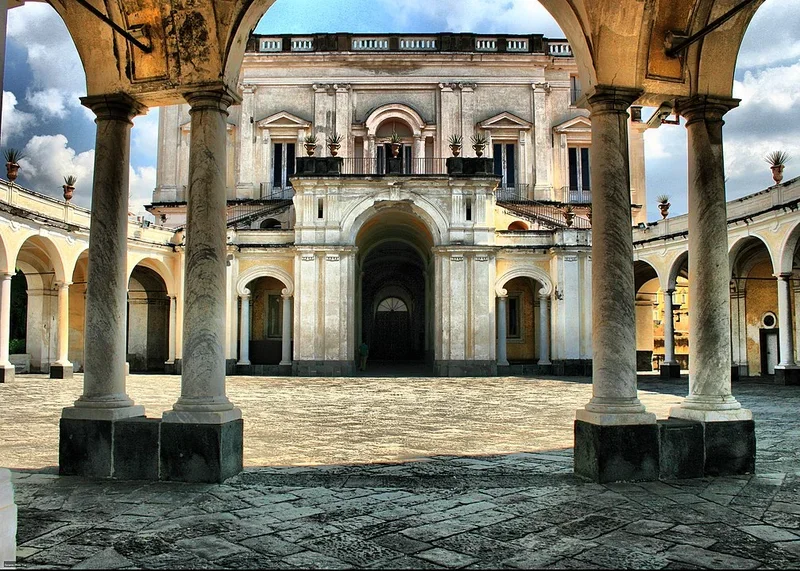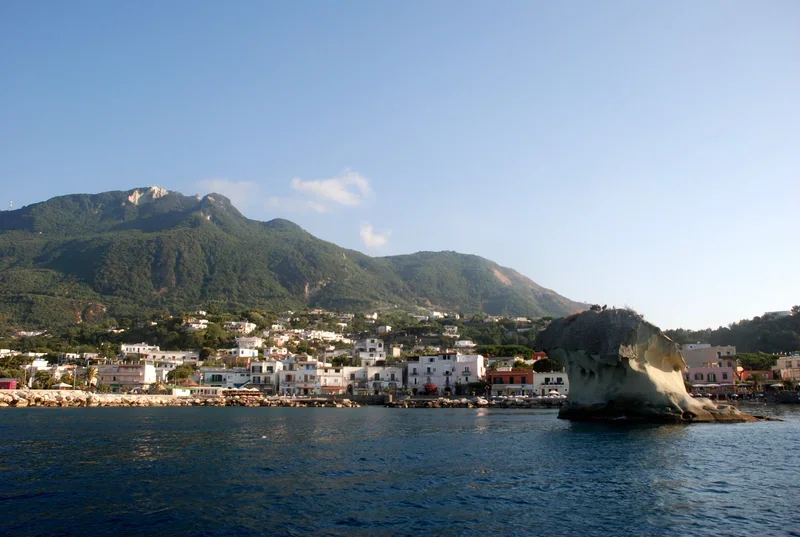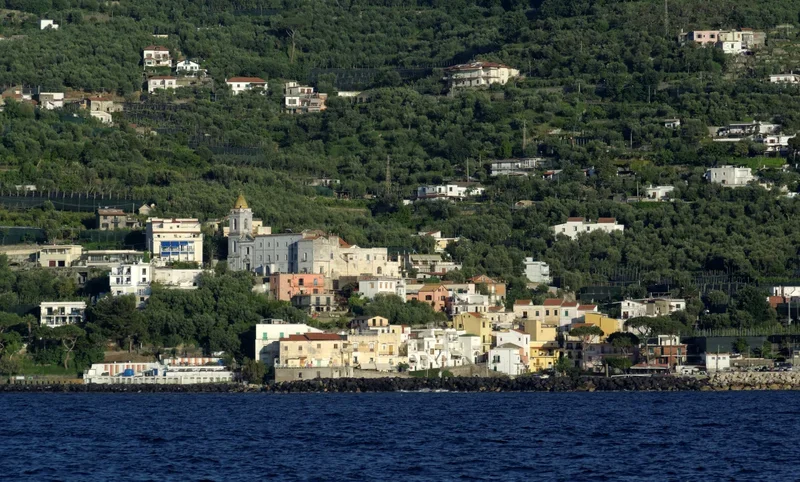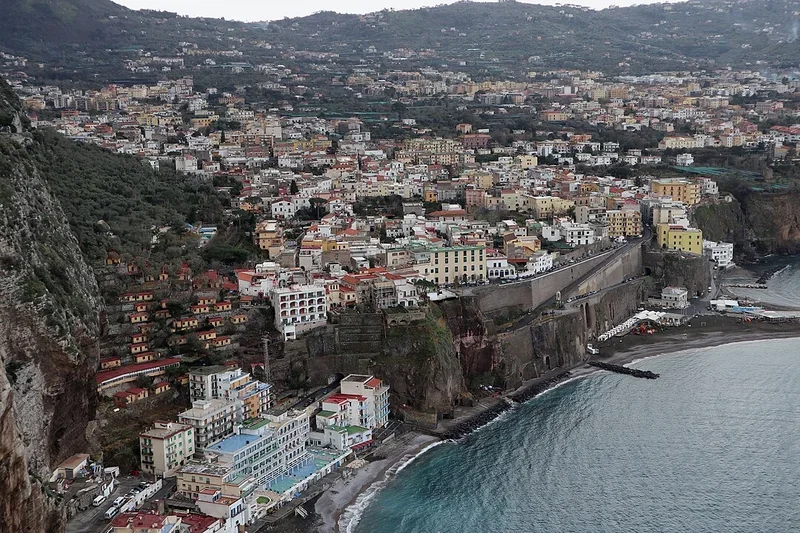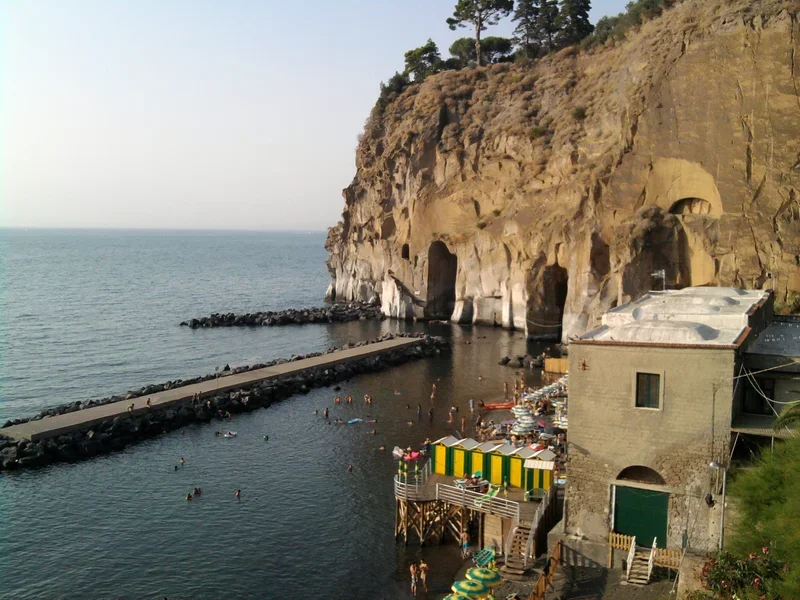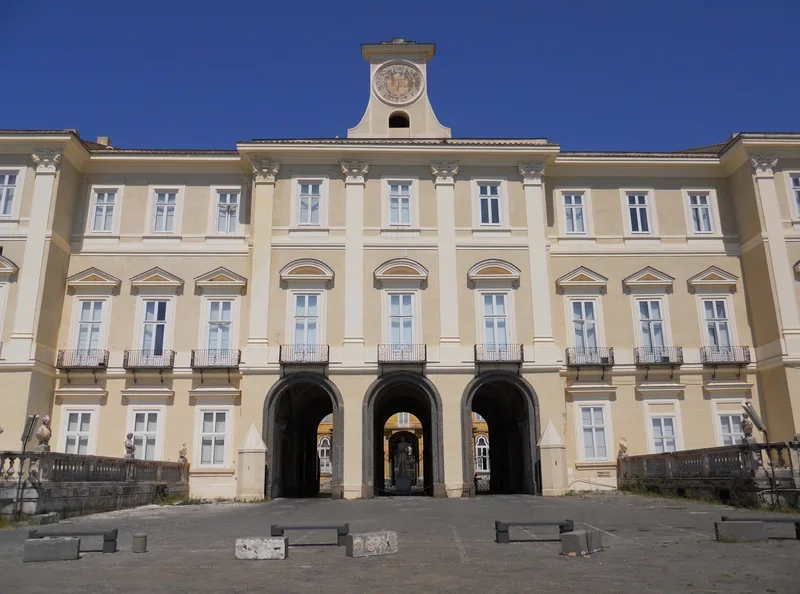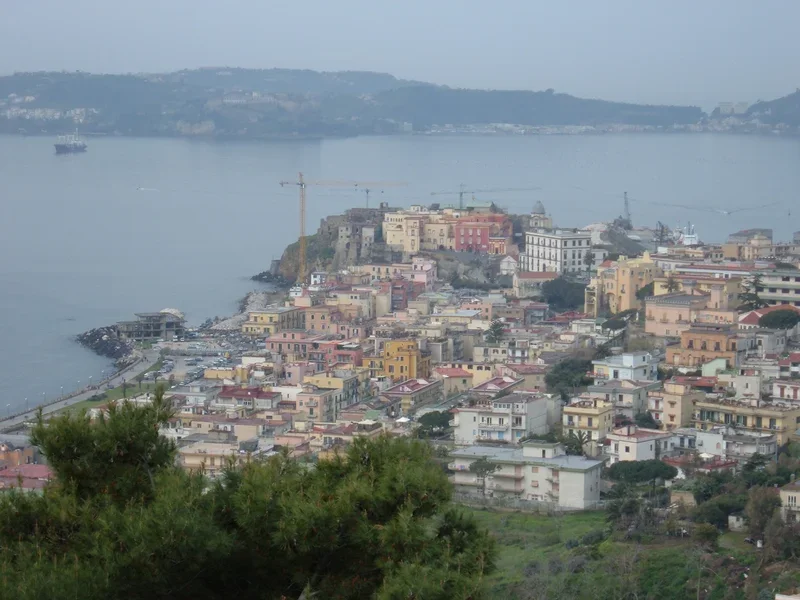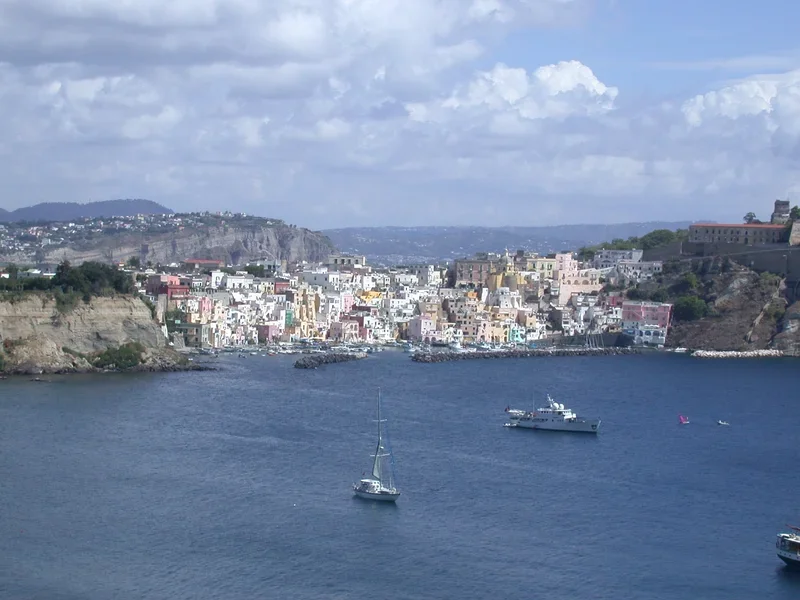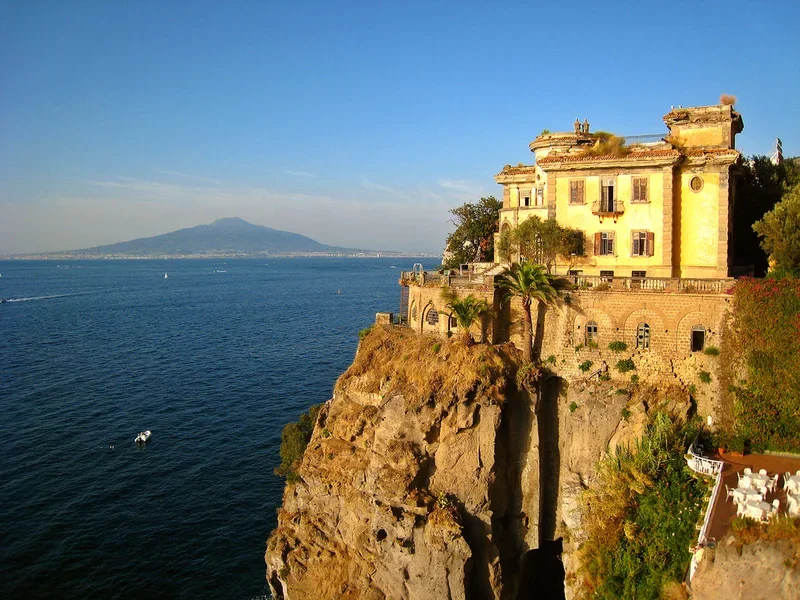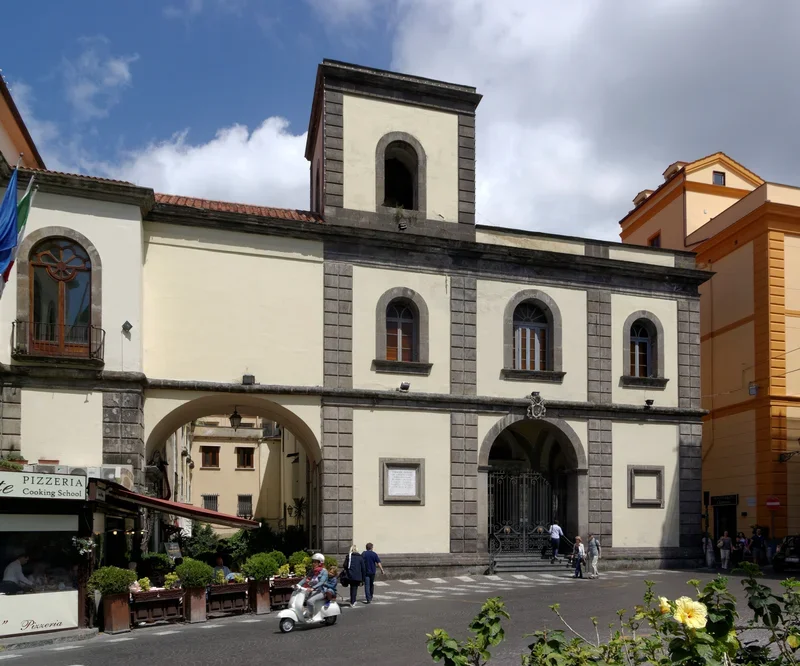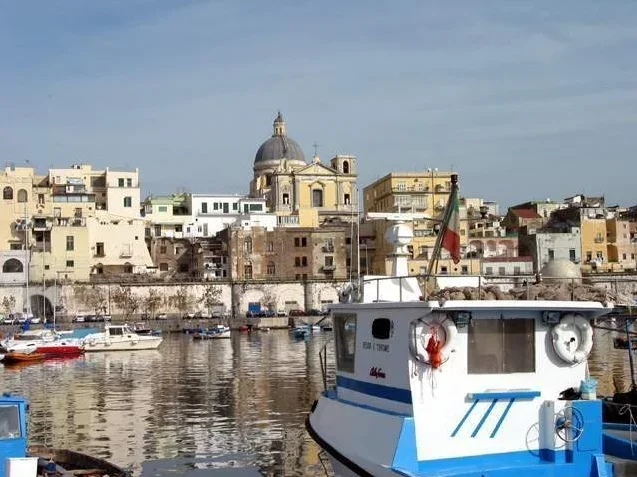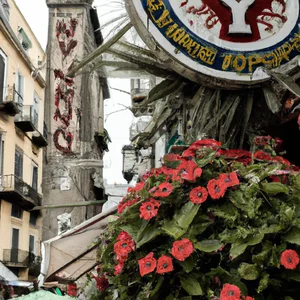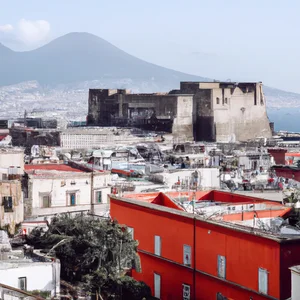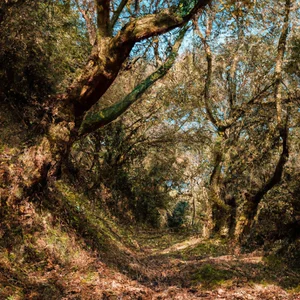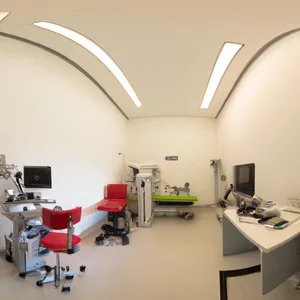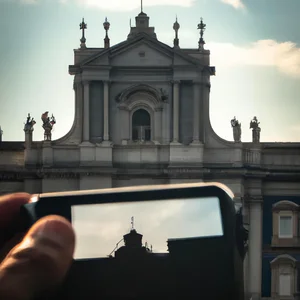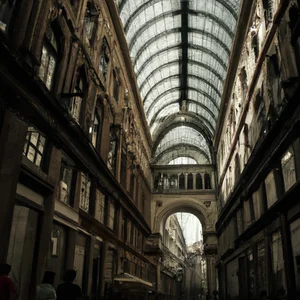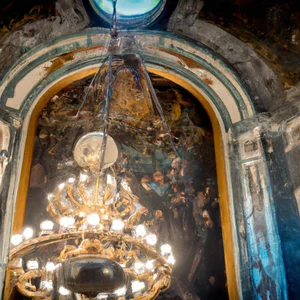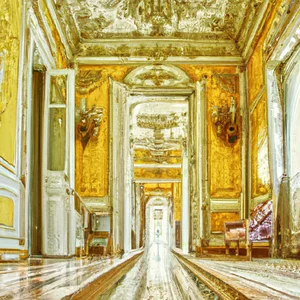Book your experience
Journey into the past: the National Archaeological Museum of Naples and the origins of Parthenope
The National Archaeological Museum of Naples represents one of the most important cultural institutions in the world, a true treasure chest that tells the ancient history of one of the most fascinating and historically significant cities in the Mediterranean. Located in the heart of Naples, the museum not only houses an incredible collection of archaeological finds, but is also a place where the visitor can immerse themselves in the mythological and historical origins of Parthenope, the ancient name of Naples. This article aims to guide readers through a journey through time, exploring the ten highlights of this extraordinary museum.
We begin with the history and foundation of the National Archaeological Museum, which dates back to the Bourbon period, when the collection of works of art and archaeological finds began to take shape. Subsequently, we will delve into the permanent collections, which offer a broad overview of the daily life of the ancient civilizations that inhabited the region, with particular attention to the treasures from the excavations of Pompeii and Herculaneum. Another fascinating aspect is the Egyptian section, which attracts attention due to its rarity and importance.
Greek and Roman art is well represented, highlighting the influence of these cultures on the history of humanity. But we won’t stop there: the Secret Cabinet, with its collection of erotic art, offers a bold look at lesser-known aspects of ancient life. The Farnese sculptures, among the most famous in the museum, represent a masterpiece of sculpture and art.
Finally, we will explore the topography of Parthenope and its mythological origins, concluding with suggestions on recommended itineraries for a complete visit. This article is not only an invitation to visit the museum, but it is also an opportunity to discover the historical and cultural roots of Naples, a city that continues to enchant and amaze its visitors.
History and foundation of the National Archaeological Museum of Naples
The National Archaeological Museum of Naples, located in the heart of the city, is one of the most important archaeological museums in the world and boasts a rich history dating back to the 18th century.
The museum was founded in 1750 as the "Farnese Museum" by Charles of Bourbon, king of Naples and Sicily, with the aim of conserving and enhancing the extraordinary collections of archaeological finds from the excavations of Pompeii and Herculaneum. Over the centuries, the museum has continued to enrich itself thanks to important archaeological discoveries and donations from private individuals and institutions.
In 1860, with the unification of Italy, the museum became the property of the Italian state and took on its current name of "National Archaeological Museum of Naples". During the twentieth century, the museum was the subject of important restoration and expansion interventions, which made it possible to improve its usability and conservation of the works on display.
Today the National Archaeological Museum of Naples hosts an extraordinary collection of archaeological finds that tell the story of the ancient city of Naples and the civilizations that inhabited it over the centuries. Among the most famous works of the museum are the Farnese sculptures, the treasures of Pompeii and Herculaneum, the Egyptian section and the Greek and Roman works of art.
The permanent collections of the National Archaeological Museum of Naples
The National Archaeological Museum of Naples, located in the heart of the city, is one of the most important archaeological museums in the world and boasts a vast collection of finds from Campania and other regions of southern Italy.
The Museum's permanent collections are divided into different thematic sections, which allow visitors to immerse themselves in the history and culture of ancient Naples and nearby cities. Among the most important sections of the Museum is the one dedicated to finds from the excavations of Pompeii and Herculaneum, two cities buried by the eruption of Vesuvius in 79 AD. Here it is possible to admire frescoes, mosaics, everyday objects and archaeological finds that allow us to understand the life of ancient Roman cities.
Another section of great interest is the one dedicated to the Egyptian collection, which boasts a vast range of finds from ancient Egypt, including mummies, sarcophagi, statues and ritual objects. This section offers visitors the opportunity to immerse themselves in the fascinating Egyptian culture and discover the secrets of this ancient civilization.
The Museum also houses a rich collection of Greek and Roman art, with sculptures, vases, jewels and other finds that testify to the greatness of classical art. Among the most famous works are the Farnese sculptures, coming from the collection of the Farnese, one of the most important noble families of Naples.
Finally, the Museum boasts the famous Secret Cabinet, a section dedicated to the erotic art of ancient Rome, with a vast collection of erotic objects and paintings that offer an unusual glimpse into the private lives of the Romans.
The permanent collections of the National Archaeological Museum of Naples offer visitors a fascinating journey into the history and culture of ancient Campania and are an unmissable place to visit for anyone who wants to discover the wonders of antiquity.
The treasures of Pompeii and Herculaneum
Pompeii
The treasures of Pompeii are one of the main attractions of the National Archaeological Museum of Naples. Pompeii was buried under a blanket of ash and lapilli during the eruption of Vesuvius in 79 AD, preserving the daily life of the Roman era intact. The museum displays numerous finds from the Pompeii excavations, including frescoes, mosaics, bronze and glass objects, as well as the famous plaster casts of the victims of the eruption.
Herculaneum
Herculaneum also suffered the same fate as Pompeii during the eruption of Vesuvius. The archaeological site of Herculaneum is full of treasures, including patrician villas with splendid frescoes, mosaics and perfectly preserved everyday objects. At the National Archaeological Museum of Naples, finds from the excavations of Herculaneum are on display, allowing visitors to immerse themselves in the life of the ancient Roman city.
The treasures of Pompeii and Herculaneum are an extraordinary testimony to the art, culture and daily life of the Roman era. Thanks to the precious collections present in the National Archaeological Museum of Naples, visitors can admire these extraordinary finds up close and better understand the history of these ancient cities.
The Egyptian section of the Museum
An extraordinary collection
One of the most fascinating sections of the National Archaeological Museum of Naples is undoubtedly the one dedicated to ancient Egypt. This extraordinary collection is made up of finds from various excavation campaigns conducted in Egypt over the centuries, including the famous collections of Antonio Piombino and Giuseppe Almagià.
The Museum has a wide range of Egyptian artefacts, including sarcophagi, statues, amulets, cult objects and papyrus. Among the most famous pieces is the sarcophagus of Nefertari, Ramesses II's favorite queen, decorated with splendid images and hieroglyphics that narrate her life and reign.
Other finds of great importance are the mummies, among which that of a woman called Isis stands out, which preserves intact the bandages and amulets with which she was buried over two thousand years ago.
The Egyptian section of the National Archaeological Museum of Naples offers visitors a unique opportunity to immerse themselves in the ancient Egyptian civilization and discover its art, its religion and its history through the numerous artefacts on display.
Greek and Roman art on display
Greek art
Greek art represents a fundamental part of the collections of the National Archaeological Museum of Naples. Among the most significant works is the famous Farnese Bull, a marble sculpture depicting a bull fighting with a centaur. This work dates back to the 2nd century BC. and is considered one of the masterpieces of ancient Greek art. Other notable works are the statues of Apollo and Artemis, as well as numerous vases decorated with mythological and daily life scenes.
Roman art
Roman art is widely represented in the collections of the National Archaeological Museum of Naples. Among the most important works is the statue of Ercole Farnese, a marble sculpture depicting the legendary mythological hero Hercules. Other significant works are the Roman mosaics, statues of emperors and illustrious figures of the time, as well as numerous archaeological finds from Roman villas in the Vesuvian region.
The Greek and Roman works displayed in the Museum offer visitors a unique opportunity to immerse themselves in the art and culture of classical antiquity, allowing them to appreciate the artistic mastery and richness of the historical heritage of Naples and its surroundings . The section dedicated to Greek and Roman art is one of the major attractions of the National Archaeological Museum, where visitors can admire extraordinary works and be fascinated by the beauty and grandeur of ancient art.
The Cabinet Secret
A controversial and fascinating collection
The Secret Cabinet is one of the most discussed and fascinating sections of the National Archaeological Museum of Naples. Founded in 1816 by King Francis I of Bourbon, this space was initially conceived as a sort of "secret room" accessible only to a select few, in which works of art considered too "risque" for the general public were kept.
The Secret Cabinet collection is mainly composed of finds of an erotic nature from Pompeii and Herculaneum, two ancient cities buried by the eruption of Vesuvius in 79 AD. Among the most famous works are the famous "pictures", small wooden panels decorated with explicit sexual scenes, and statues of deities and mythological figures with provocative poses.
The presence of this type of find has made the Secret Cabinet the subject of numerous controversies and debates over the centuries. Some consider it a place of depravity and immorality, while others appreciate it for its historical and artistic importance, as a witness to the daily life and beliefs of ancient Rome.
The visit to the Secret Cabinet is recommended for an adult public aware of the controversial nature of these works, but it still represents a unique opportunity to immerse yourself in the intimacy and most hidden side of Roman art.
The Farnese sculptures
The collection
The National Archaeological Museum of Naples boasts one of the most important collections of ancient sculptures in the world, among which the famous Farnese sculptures stand out. This extraordinary collection takes its name from the Farnese family, who was one of the most powerful Italian noble families of the Renaissance and who collected an impressive quantity of archaeological finds.
Origin of Farnese sculptures
The Farnese sculptures take their name from the family who purchased them in the 16th century. This collection was originally located at the Palazzo Farnese in Rome, but over the centuries many of these finds have been transferred to the Archaeological Museum of Naples to preserve them and make them accessible to the public.
Main works
Farnese sculptures include masterpieces of ancient art such as the Farnese Bull, a marble statue depicting the myth of Jason and the Thousand-Handed Bull, and the Farnese Hercules, a marble statue depicting the famous mythological hero Hercules. These works are considered among the most important expressions of classical art and are admired by visitors from all over the world.
In addition, the collection includes a vast range of sculptures, reliefs and busts representing deities, heroes and historical figures of antiquity, offering visitors an extraordinary overview of the art and culture of the Greco-Roman era.
p>The topography of Parthenope
Origins and history
The topography of Parthenope is one of the most fascinating aspects of the history of Naples. The name "Parthenope" dates back to ancient Greek mythology, according to which the city was founded by Parthenope, a mermaid who committed suicide after Ulysses rejected her song. The city was then refounded by Greek colonists in the 6th century BC. and became an important commercial and cultural center.
Geographical characteristics
Naples is located in a privileged position, halfway between Vesuvius and the sea, with a breathtaking view of the Gulf of Naples. The city is built on a series of hills and valleys, which give a unique character to its urban landscape. The historic center, with its winding streets and picturesque alleys, is a labyrinth of history and tradition.
Places of interest
The topography of Parthenope is rich in places of historical and cultural interest. Among the most important sites are the Castel dell'Ovo, an imposing fortress overlooking the port of Naples, and the Maschio Angioino, a medieval castle that was the residence of the Angevin rulers. Other places of interest include the Spaccanapoli district, with its baroque churches and artisan shops, and the Quartieri Spagnoli district, with its narrow streets and historic buildings.
Curiosities and legends
The topography of Parthenope is rich in curiosities and legends. It is said that under the historic center of Naples there is a maze of tunnels and secret passages, which hide hidden treasures and ancient passages. Furthermore, it is said that Vesuvius is inhabited by a giant dragon, who watches over the fortunes of the city and protects its inhabitants.
In conclusion, the topography of Parthenope is a fundamental element of the history and identity of Naples. Exploring its places and its legends is a fascinating journey into the past and present of this fascinating city.
The mythological origins of Naples
The legends about the foundation of Naples
The city of Naples has ancient mythological origins that date back to Greek legend. According to tradition, the foundation of Naples is attributed to the mythical Greek hero Parthenope, son of Achelous, the god of rivers, and the muse Calliope. Parthenope, shipwrecked on the coast of Campania, decided to found a new city which he called Parthenope in his honor. This city later became Naples, an important center of Magna Graecia.
The bond with the mermaid Parthenope
Another version of the legend has it that Naples was founded by the mermaid Parthenope, one of the three sirens present in Homer's Odyssey. According to this version, Parthenope, tired of singing to attract sailors, threw herself into the sea and her body reached the coasts of Campania, thus giving rise to the city of Naples. Even today, the mermaid Parthenope is the symbol of the city and her statue is located in Piazza Municipio.
The myth of Neptune and the birth of the name Neapolis
Another legend linked to the origins of Naples concerns the god Neptune, who created a source of fresh water in the middle of the sea to quench the thirst of the nymph Parthenope. This place would become the center of the new city, which was called Neapolis, or "new city", to distinguish itself from nearby Parthenope. Even today, the Neptune fountain is a point of reference in the historic center of Naples.


